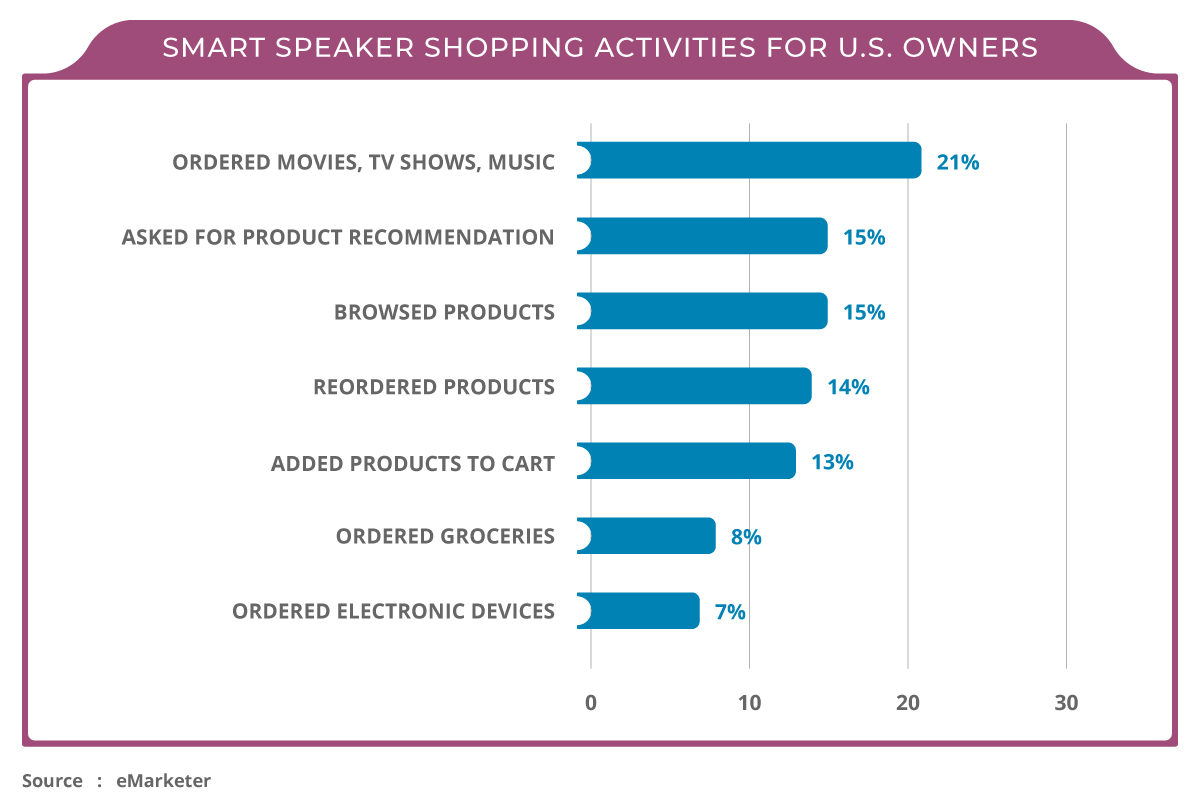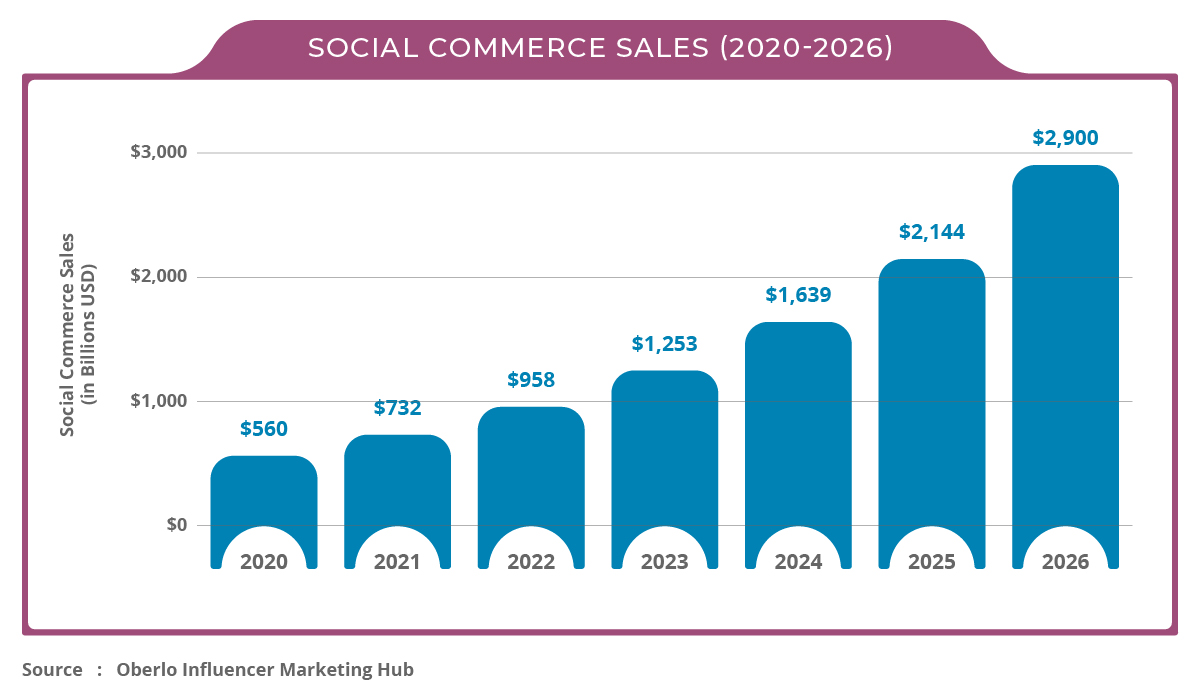
New Technology Affecting Your Marketing Right Now
BY SUSAN DEMATEI
At the DTC Symposium last month, there was a session about new technology trends and their application for wine marketing. We spoke with a panel about big data-driven advertising, NFTs, and their use for marketing and augmented reality. Each speaker had a case study on wine, and the Q&A session explored everything from costs to legal ramifications. These new tools only scratch the service of all the exciting trends in marketing wines. This blog highlights three trends affecting our marketing planning right now and in the near future.
AI:
Artificial intelligence and machine learning are becoming increasingly important in the online marketing arena. These technologies allow marketers to analyze data and take that analysis to automate routine processes, make decisions based on behaviors, anticipate responses and improve customer experiences. It can have applications in websites, emails, online ads, and offline content development.
In design, AI tells us which content will most likely engage a specific tagged customer. This capability allows us to create dynamic (changing) websites and emails personalized to individual customer preferences. We are not quite to the level in the movie Minority Report, where biometric-tailored ads talk to us wherever we go, but websites that offer personalized experiences, such as customized content and recommendations, are already in high demand. With AI constantly learning, this trend will only get more precise.
One of the fastest-growing uses of AI is long and short-form writing. Chat GPT, Jasper, and Copymatic advertise well-researched and relevant blogs in seconds, negating any excuse not to deliver new content to your winery followers. Ironically, just as fast as these new AI tools to create AI content pop up, they are followed closely by another stream of tools to identify artificially generated copy (e.g. Originality.ai, Content at Scale, etc.). AI writing has a certain “canned” quality, so just pumping out AI-generated content without personalization isn’t recommended. But it is interesting how efficient marketing is becoming. It will be interesting to track the results and see if consumers find AI content as engaging as messages from the heart.
Voice:
Keeping an eye on voice search and voice user interface (VUI) are increasingly essential thanks to the rise of virtual assistants like Amazon’s Alexa and Apple’s Siri, and Google Home. In 2022, InsiderIntelligence estimated that 142.0 million people in the US, or 42.1% of the population, used a voice assistant.

Why is this significant for marketing? Because people don’t type the way they speak. When people use voice search, they are more likely to use natural language and ask longer, more complex questions. So, when optimizing for voice search, it’s important to use conversational language or long-tail keywords that match how people speak to help content appear in voice search results.
In addition, if you want your website to appear when people voice search, your website must include the correct schema markup in the code. Schema markup is a type of structured data that helps search engines understand the content of a web page. By including schema markup for voice in your website code, you can make it easier for search engines to understand your content and display it in voice search results.
Influencer or Peer Marketing:
As we witness the shift in values from Boomers to Millennials, the power of persuasion sways away from the press or pundit toward the peer or friend. To people under the age of 40 with foundational experience with the internet, ratings, peer comments, and social media content by others about a product are among the most persuasive reasons to buy. It is no wonder why Forester reported 73% of companies are increasing their social media budget for 2023.
“Wait,” you say, “social media is hardly a new technology.” True. The focus on the increase in social media budget is significant when paired with the growth of social commerce or selling products directly on social media platforms. This capability is relatively new but expected to grow 30.8% in 2023 to hit $1.3 trillion in sales. Finally, we can show management a direct ROI tied to the social media budget.

Social commerce is so effective because it happens in a supported peer environment and offers an easy, convenient, and seamless shopping experience for customers, which can lead to increased sales and customer loyalty. It’s an effective sales strategy because it removes friction from online shopping experiences that start on social platforms. Many people discover products they like while browsing social media.
Influencer marketing, buying something you saw on Instagram and peer review sites like Yelp, are familiar, but we can expect more brands to focus on these partnerships to promote their products and services in the future. This will drive prices up, create clutter, increase the need to pay for views, and heighten the importance of developing engaging content to break through to new customers.
There are certainly more trends to discuss, as this is only a partial list. The importance of dark mode design, augmented reality, interactive and immersive design, and the new Google Analytics are also at the forefront of our conversations and will be the subject of future posts. What is clear is that technology is evolving our ability to plan and execute marketing far beyond what was done even in the last ten years.
Susan DeMatei is the founder of WineGlass Marketing, a full-service direct marketing firm working within the wine industry in Napa, California. Now in its 10th year, the agency offers domestic and international clients assistance with strategy and execution.
WineGlass Marketing is located in Napa, California at 707-927-3334 or wineglassmarketing.com


